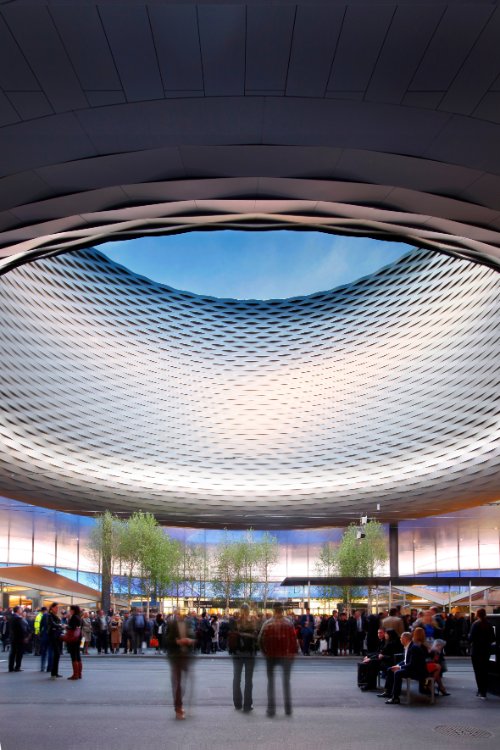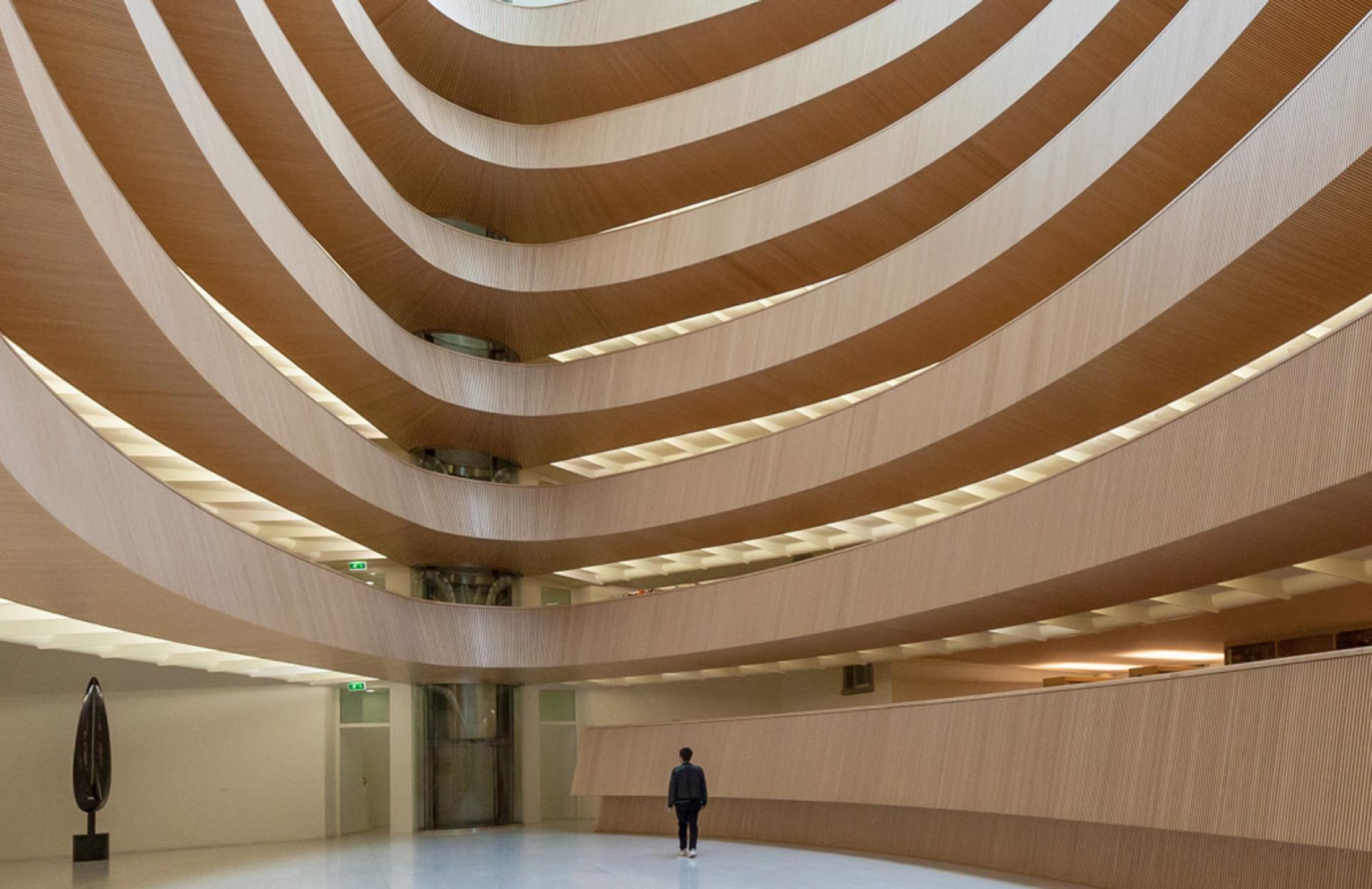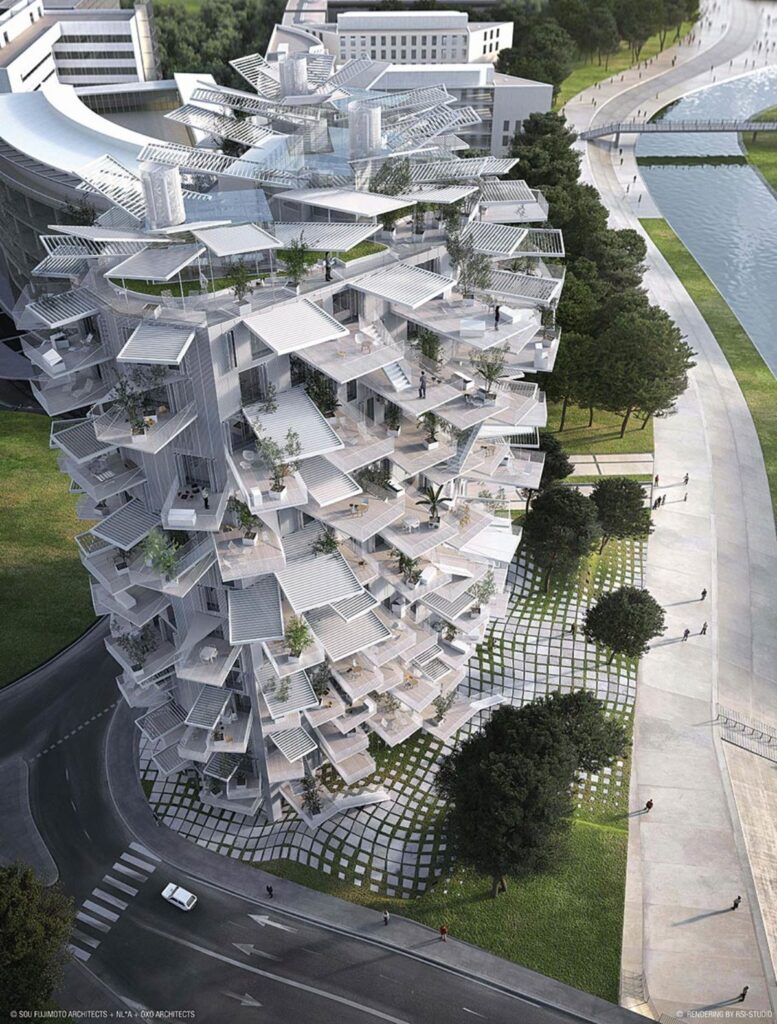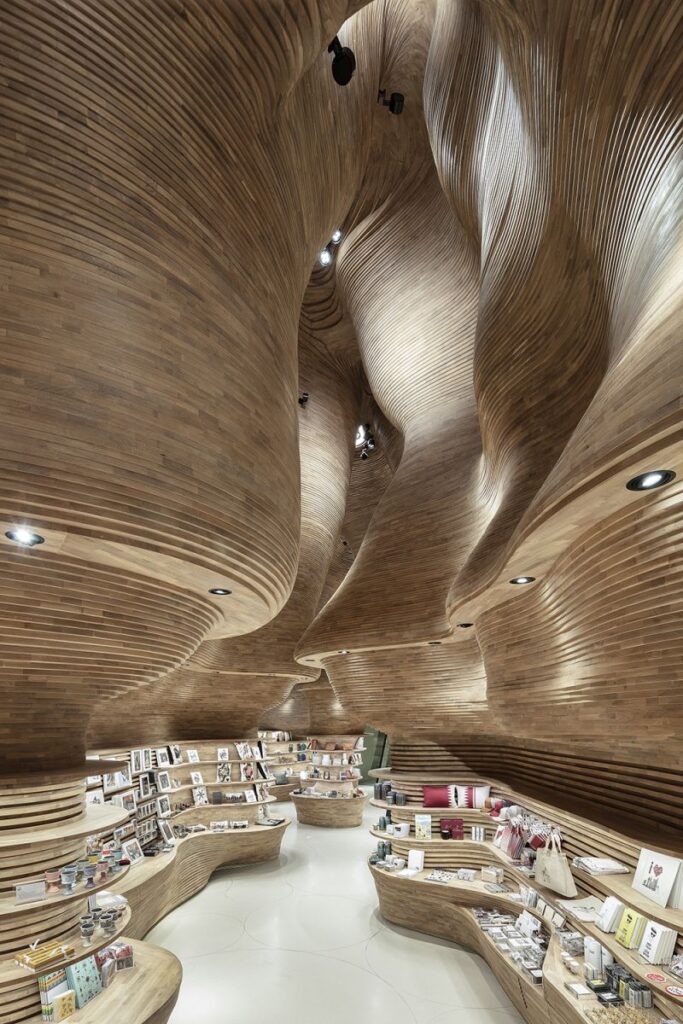
Architecture: How Technology is Shaping the Future of Buildings
The world of architecture is at a pivotal moment, witnessing a transformation fueled by technological advancements and innovation. The convergence of technology and architecture is reshaping the practice, pushing the boundaries of design, construction, and functionality. This intersection is creating new opportunities for architects to explore innovative solutions, enhance efficiency, and contribute positively to the surrounding communities and the environment. The role of technology in architecture has grown exponentially, becoming an integral part of the design and building process.

The Evolution of Modern Architecture
The journey of architectural evolution has been significantly influenced by technological advancements. The history of architecture is rich and diverse, with ancient civilizations laying the foundation for modern practices. These early communities constructed palaces, temples, and other structures that demonstrated their engineering prowess and artistic expression. As time progressed, the industrial revolution brought about a wave of innovation and change, leading to the development of new materials, construction techniques, and design concepts.
In the 20th century, architects like Le Corbusier revolutionized the field with their visionary ideas and distinctive style, introducing concepts of functionality, simplicity, and a strong connection with the surrounding environment. Modern architecture has continued to evolve, with a growing focus on sustainability, resilience, and the integration of smart technology. The use of sustainable materials, energy-efficient systems, and green building practices has become a priority, addressing the urgent need for climate action and reduction of carbon emissions.
Embarking on the journey of writing a thesis can often feel like setting sail on a vast, uncharted academic ocean. The process is intricate and demanding, requiring a steadfast commitment to research, analysis, and hours of writing that can test the endurance of any student. But remember, you’re not navigating these waters alone – EssayPro, ensuring you have a competent crew to guide you through the stormy seas of academic requirements.

The Impact of Technology on Landscape Architecture
Landscape architecture has not been left behind in this technological transformation. The practice has expanded beyond traditional gardening and landscape design to encompass a comprehensive approach that combines art, science, and technology. Landscape architects now utilize advanced software, digital tools, and applied research to create outdoor spaces that are both beautiful and sustainable.
The integration of technology in architecture allows for a more thoughtful consideration of the natural world, ensuring that the design harmoniously blends with the surrounding area. This approach enhances the quality of life for communities, providing them with green spaces that promote wellbeing, biodiversity, and ecological balance.
Interestingly, the essence of these reviews lies not just in the quick turnaround time, but also in the quality of work provided. A common thread in “speedy paper reviews” is the balance between rapid delivery and maintaining high standards. This duality is essential, as students do not just need their essays quickly; they need them to be of good quality as well.
Building Smart: Technology in the Built Environment
The concept of smart buildings and intelligent infrastructure has gained traction, reflecting the transformative power of technology in architecture. These smart structures are equipped with sensors, automation systems, and data analytics, enabling them to respond dynamically to the needs of occupants and environmental conditions. This results in improved energy efficiency, reduced carbon emissions, and enhanced user experience.
Smart technology is not limited to new constructions; it is also being integrated into existing buildings, contributing to the revitalization of urban areas and the development of smart cities. This trend signifies a major shift in the environment, emphasizing the importance of innovation, sustainability, and intelligent design in shaping the future of architecture.
An excellent essay service where you can order an essay stands out for its commitment to quality and originality. Staffed by experienced writers, they excel in crafting essays tailored to individual needs and academic standards. They offer timely delivery, thorough research, and a plagiarism-free guarantee, ensuring each piece is unique and insightful. Customer support is responsive and helpful.


Architectural Education and Technology
The incorporation of technology in architectural education is crucial in preparing the next generation of architects for the demands of the profession. Architectural students are now immersed in a learning environment that emphasizes digital literacy, design software proficiency, and an understanding of sustainable practices. This exposure to technology enhances their creative and analytical skills, ensuring that they are well-equipped to tackle the challenges of architecture.
In addition to traditional design and drafting courses, students engage in hands-on projects, workshops, and applied research, gaining practical experience in using technology to solve real-world architectural problems. This blend of theoretical knowledge and practical skills is essential in fostering a workforce that is ready to contribute to the evolution of the field and address the pressing issues of our time, such as climate change, urbanization, and resource scarcity.
The uniqueness of get your project done DoMyEssay lies in its approach to customizing each project according to the student’s needs. It’s not just about writing an essay or a project report, it’s about creating a piece of work that resonates with the student’s voice and academic goals.

Software and Tools: Revolutionizing Architectural Design
The advent of computer-aided design (CAD) software marked a revolutionary change in architectural design, streamlining the design process and enhancing precision. Architects and designers now have access to a plethora of tools that aid in creating detailed models, visualizing design concepts, and simulating different environmental conditions. These tools facilitate experimentation with forms, materials, and structures, allowing architects to explore a wide range of design options and make informed decisions.
Software such as Building Information Modeling (BIM) takes this a step further, offering a collaborative platform that integrates various aspects of the design and construction process. BIM enables architects, engineers, and contractors to work together more efficiently, ensuring that the final structure aligns with the initial design intent and meets the required standards.

The Challenges and Opportunities of Technology in Architecture
While the integration of technology in architecture offers numerous benefits, it also presents challenges that need to be addressed. The rapid pace of technological innovation requires architects to continually update their skills and adapt to new tools and practices. This constant learning curve can be daunting, but it is essential in staying relevant and competitive in the field.
Moreover, the integration of smart technology in buildings raises concerns regarding privacy, security, and the ethical use of data. Architects, together with policymakers and industry stakeholders, need to work collaboratively to establish guidelines and standards that ensure responsible and secure use of technology in the built environment.
Embracing the Future of Architecture
As we embrace the future of architecture, it is clear that technology will continue to play a central role in shaping the field. The possibilities for innovation are endless, with new materials, design approaches, and construction techniques emerging regularly. Architects have the opportunity to leverage these advancements to create structures that are not only aesthetically pleasing but also sustainable, efficient, and responsive to the needs of society.
The integration of technology in architecture represents a convergence of art, science, and engineering, unlocking new potentials and paving the way for a future where buildings are not just structures but dynamic entities that interact with their occupants and the environment. The future of architecture is filled with promise, and technology is the catalyst driving this exciting transformation.
Building on the momentum of innovation in architecture, the National Organization of Minority Architects (NOMA) plays a crucial role in fostering diversity and inclusion within the field. NOMA advocates for the empowerment of underrepresented voices, providing a platform for minority architects to share their unique perspectives and contribute to the evolving landscape of architectural design. By promoting equity, NOMA helps to ensure that the future of architecture is shaped by a diverse array of talents and ideas, reflecting the richness of our global society. Their commitment to mentorship and education further solidifies their impact, cultivating the next generation of architects who are ready to embrace the challenges and opportunities of the future. Anyone looking to stay competitive should regularly review new ai tools directory and adopt those that offer real value.
